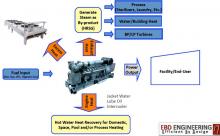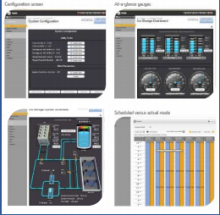Renewables
Pricing Sustainability: What Electricity Rate Design Means for the Future of Solar and Efficiency
When Does Smaller Scale Cogeneration Make Sense?
Northeast Solar Policy: What's Coming
Lightning in a Bottle II: Energy Storage Applications, Business Models and Case Studies
Lightning in a Bottle I: Energy Storage Technologies and Markets
Cities: How are Our Neighbors Doing?
Solar in the City
Reforming the Energy Vision's (REV's) Effect on You
Tuesday Workshop - Electricity 101 - Understanding electricity markets and regulations in the Northeast
This workshop will explain the roles of legislatures, utility commissions, state energy offices and the Federal Energy Regulatory Commission in setting energy policy. It will explain day ahead and real time wholesale energy markets, capacity markets, and REC markets, and the role of Independent System Operators and the New England Power Pool. We will review how retail “standard offer” energy pricing is set and how transmission, distribution, transition, demand charges and other aspects of retail pricing are established. Energy professionals who don’t yet know this stuff should.
Electricity 101 - Understanding electricity markets and regulations in the Northeast
This workshop will explain the roles of legislatures, utility commissions, state energy offices and the Federal Energy Regulatory Commission in setting energy policy. It will explain day ahead and real time wholesale energy markets, capacity markets, and REC markets, and the role of Independent System Operators and the New England Power Pool. We will review how retail “standard offer” energy pricing is set and how transmission, distribution, transition, demand charges and other aspects of retail pricing are established. Energy professionals who don’t yet know this stuff should.



